James Webb Telescope Uncovers Surprising Early Galaxy Formation Rate
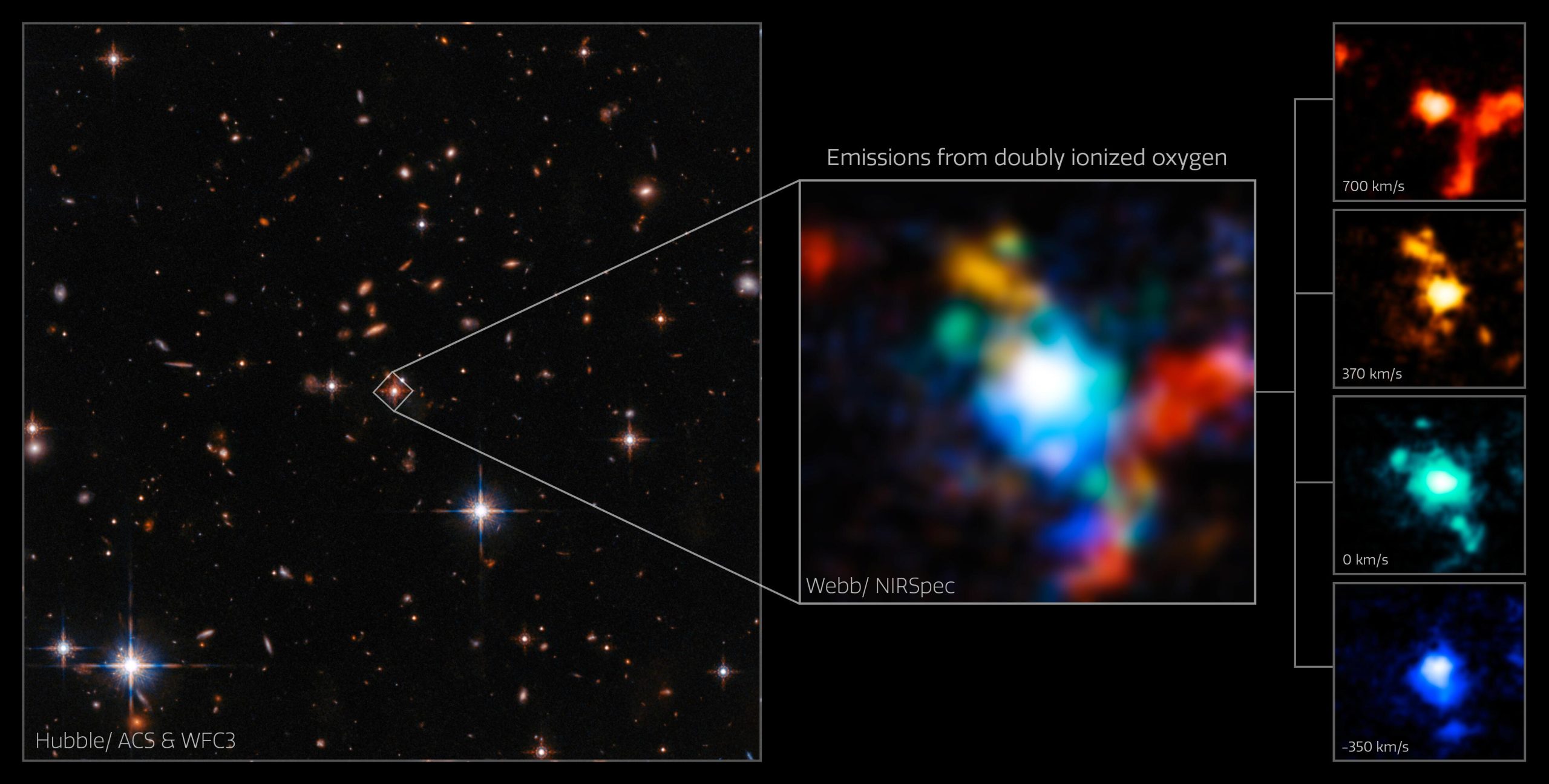
The James Webb Space Telescope (JWST), launched in late 2021, continues to revolutionize our understanding of the early universe. Its latest revelation, focusing on the rate of early galaxy formation, is challenging previously held cosmological models and prompting a wave of new research and hypotheses.
Early Galaxy Observations: A Deeper Look Back in Time
Equipped with infrared capabilities far exceeding its predecessors, the JWST can peer through dust clouds and detect light stretched into the infrared spectrum by the expansion of the universe. This allows astronomers to observe incredibly distant and faint objects, effectively looking back billions of years to a time when the first galaxies were forming.
Initial observations from the JWST have revealed a surprising abundance of massive galaxies at extremely high redshifts. Redshift, a measure of how much light from a distant object has been stretched, directly correlates to the object's age and distance. The higher the redshift, the further back in time we are looking.
Data from the Cosmic Evolution Early Release Science Survey (CEERS), one of the JWST's key early observation programs, identified galaxies with redshifts as high as 12 and beyond. This translates to observing galaxies as they were just 300-400 million years after the Big Bang – a period considered very early in the universe's 13.8-billion-year lifespan.
Challenging Existing Models of Galaxy Formation
The surprising element of these observations lies in the number and size of these early galaxies. Previous models, largely based on observations from the Hubble Space Telescope, predicted a much slower and less dramatic rate of galaxy formation in the early universe.
These models suggested that early galaxies were relatively small and grew gradually through mergers and the accretion of gas over billions of years. The JWST observations, however, point to the existence of massive, well-formed galaxies already present when the universe was less than 5% its current age. This poses a significant challenge to our understanding of how galaxies first formed and evolved.
Potential Explanations and Future Research
The astronomical community is actively exploring various explanations for these unexpected observations. Some prominent hypotheses include:
- Faster Star Formation Rates: The early universe might have had conditions that facilitated a much more rapid rate of star formation than previously thought. This could be due to differences in the properties of early gas clouds or the presence of unknown physical processes that accelerated star birth.
- Primordial Black Holes: Some theories suggest that primordial black holes, formed shortly after the Big Bang, could have acted as seeds for early galaxy formation, accelerating the process by drawing in matter and triggering rapid star formation around them.
- Modifications to Cosmology: The observations could indicate the need for adjustments to our current cosmological models. These modifications might involve revising our understanding of dark matter, dark energy, or the fundamental laws governing the expansion and evolution of the universe.
Further observations and analysis are crucial to distinguish between these hypotheses. The JWST is expected to play a central role in these endeavors, providing even more detailed observations of early galaxies and their properties.
The telescope will continue to observe galaxies at varying redshifts, studying their star formation rates, chemical compositions, and interactions with their surroundings. This wealth of data will be invaluable in unraveling the mysteries surrounding early galaxy formation and refining our understanding of the universe's early history.
Concluding Thoughts
The JWST's groundbreaking observations of early galaxies are transforming our understanding of the universe's formative years. The unexpected abundance and size of these early galaxies challenge existing models and necessitate a re-evaluation of our theories regarding galaxy formation and evolution.
As the JWST continues to probe the depths of space and time, we can anticipate even more astonishing discoveries that will further reshape our understanding of the cosmos and our place within it.
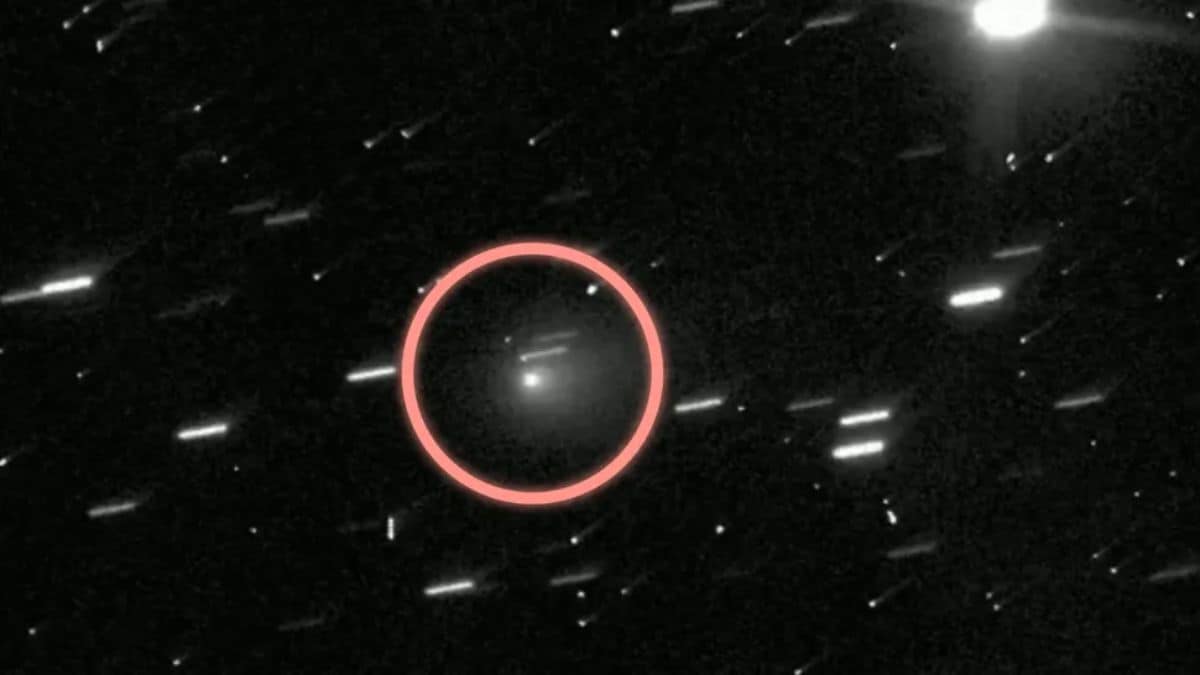
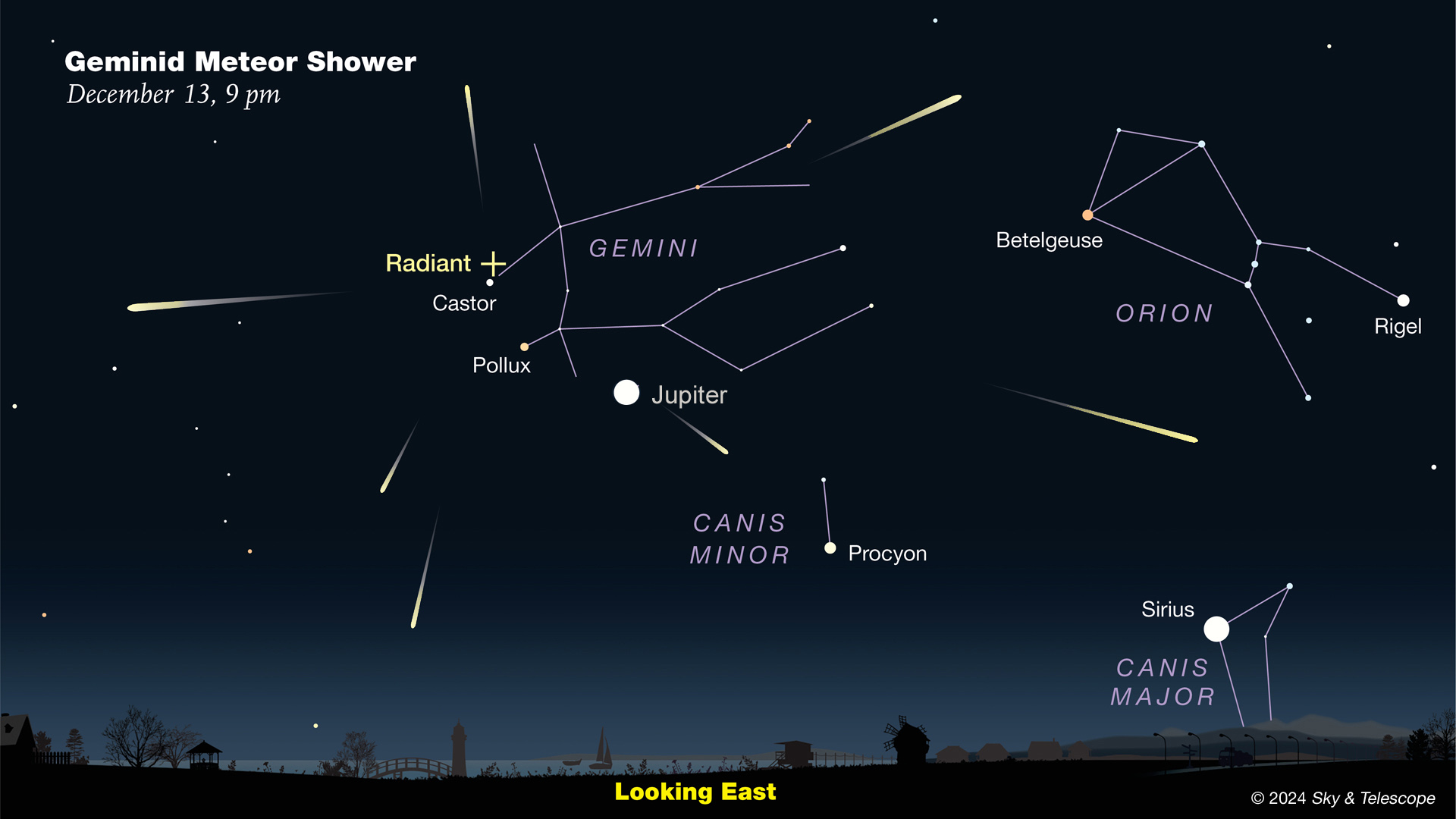
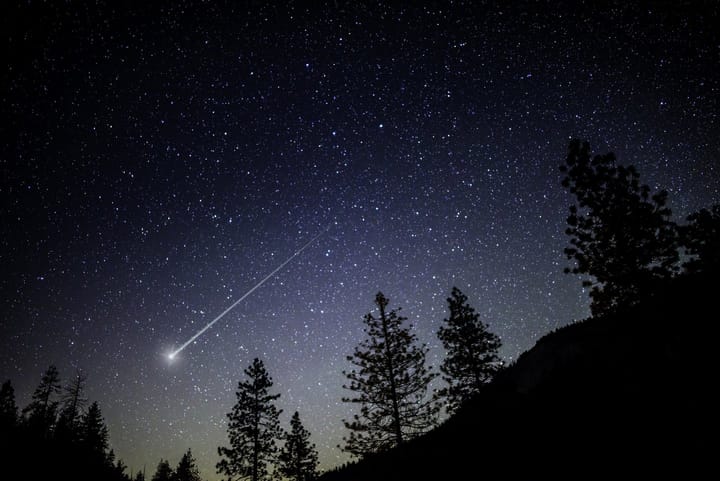
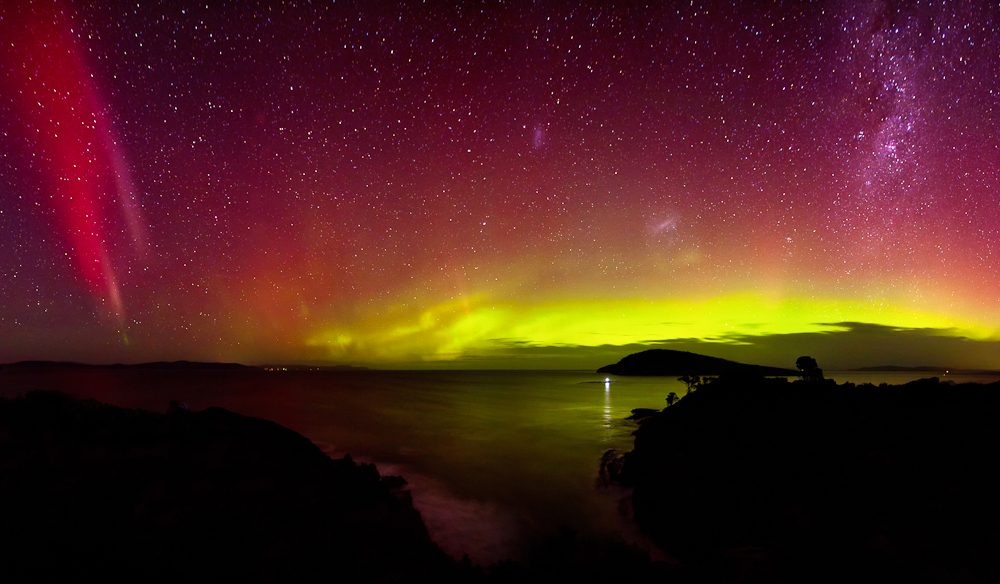

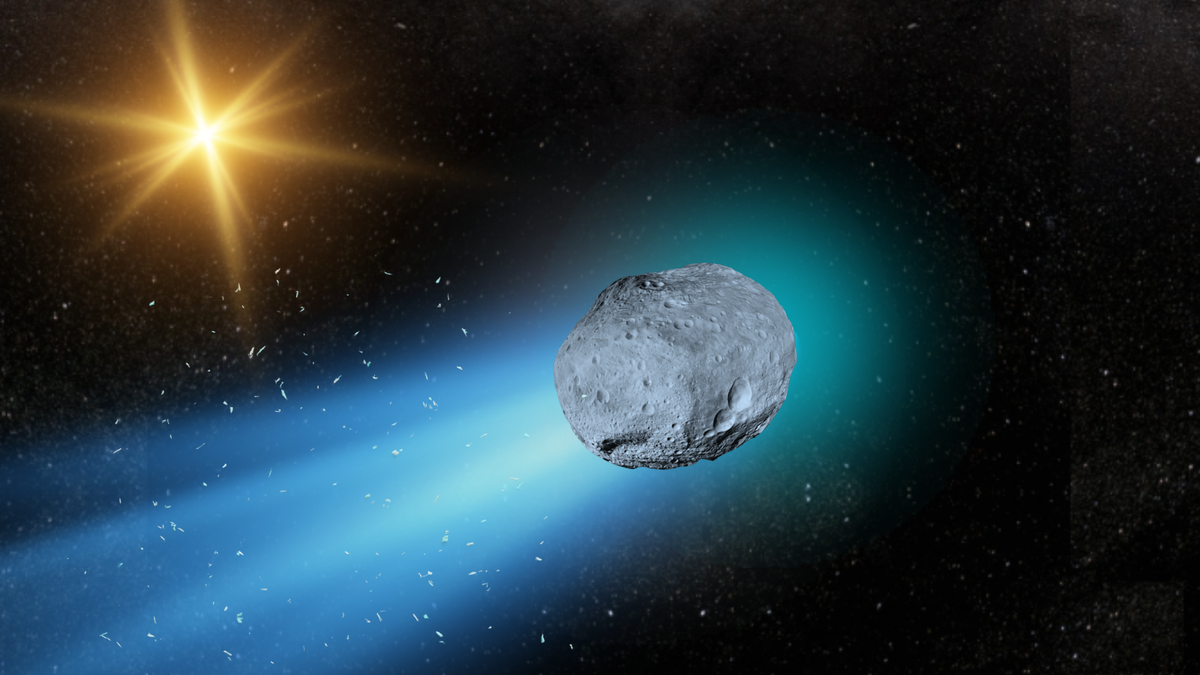
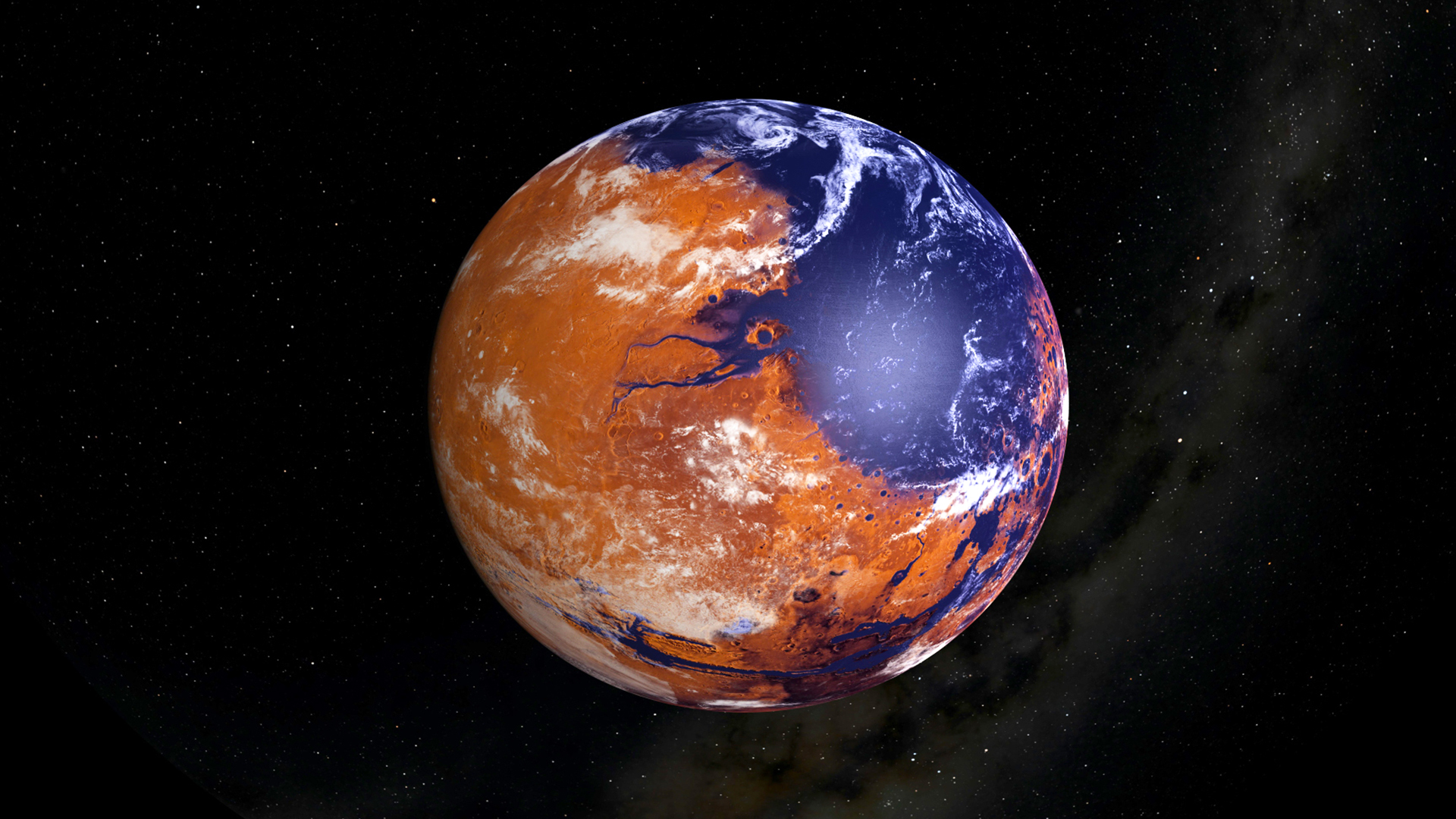
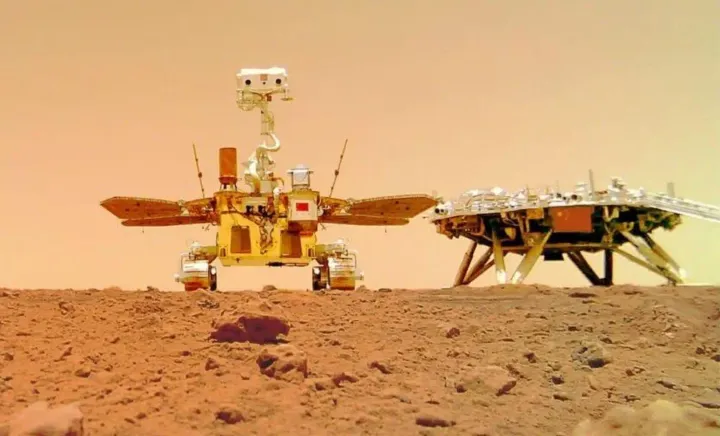









Comments ()